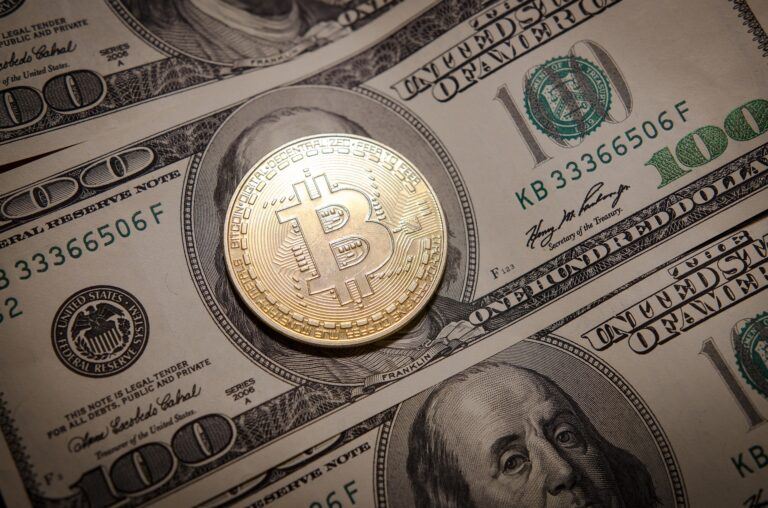Decentralized finance, also known as DeFi, has surpassed $100 billion in total value locked, indicating that this innovative technology is no longer in its experimental stages but rather a global movement. This growth has led to discussions at high levels, including Congressional hearings, showing that DeFi is becoming mainstream and gaining recognition for its long-term potential.
Many believe that mass adoption of DeFi is not only possible but necessary due to the benefits it offers. DeFi can provide financial services to billions of unbanked or underbanked individuals globally, opening up opportunities for economic empowerment and growth. Platforms like Aave and MakerDAO are already working to bridge the gap between DeFi and traditional finance, making it more accessible to a wider audience.
However, the potential of DeFi could be hindered by overregulation. Unclear or overly burdensome regulations could stifle innovation, drive projects to operate outside the United States, and limit the growth of the industry. It is crucial for regulators to understand the unique characteristics of DeFi and develop clear guidelines that support innovation while ensuring consumer protection.
To strike a balance between innovation and regulation, the US should consider a “light-touch” approach that encourages experimentation and growth, especially for smaller DeFi projects. Involving DeFi stakeholders in the rule-making process can help create effective policies that address the specific challenges of decentralized systems. Sandboxes, which offer a regulatory environment with fewer restrictions, could also promote innovation while safeguarding consumer safety.
By implementing clear regulations that support innovation and consumer protection, the US can harness the full potential of DeFi to improve the financial system and promote economic prosperity. It is essential for government officials to adopt a balanced regulatory approach that fosters innovation while ensuring the integrity of the DeFi ecosystem.














